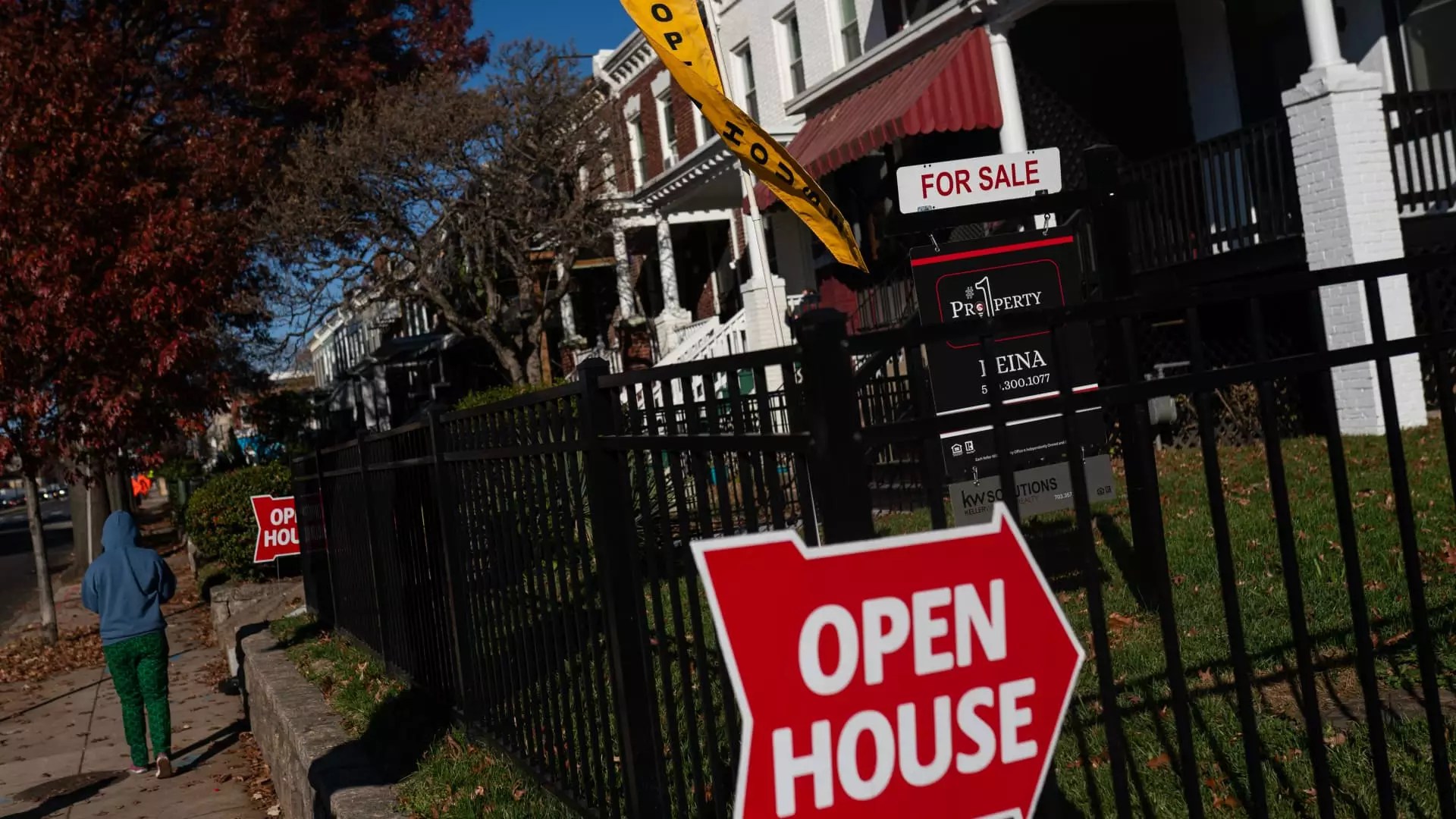Maryland Governor Wes Moore’s personal story of navigating the unforgiving barriers imposed by our society’s education and housing systems provides a window into the broader struggles faced by many Americans today. Moore’s mother, desiring more for her son, sent him to a military school to correct what she perceived as behavioral issues. Aged eight, and eventually attending the school at thirteen, he reveals that tuition costs were a significant hurdle. This resonates deeply because it encapsulates the sacrifices of families, particularly immigrants, who risk everything for a better life. His grandparents, in this instance, leveraged their hard-earned home to support their grandson’s education. This critical act symbolizes the profound connection between education and homeownership — one is often contingent upon the other.
Moore’s reflections on the importance of housing extend beyond mere shelter. He poignantly illustrates it as an essential security measure, an investment for the future, and a legacy for the succeeding generations. Yet the unfortunate reality is that the pathway to this essential form of security is fraught with obstacles that many young Americans find insurmountable today.
Unprecedented Housing Crisis: The Numbers Tell a Grimmer Story
A staggering 30% of young Maryland residents are contemplating leaving their state due to exorbitant housing costs. According to a report from the Joint Center for Housing Studies of Harvard University, we’re witnessing an unprecedented rise in “cost-burdened” renters—individuals forced to allocate a disproportionate amount of their income towards rent—to an all-time high. It’s a sign of distress that should alarm all, especially those in positions of political influence. Young adults today are grappling with persistent high prices and untenable interest rates, effectively locking them out of the housing market.
The Urban Institute provides sobering data that amplifies this crisis. Homeownership rates among individuals aged 35-44 have plummeted over the last 45 years—more than 10% lower than their counterparts in 1980. Given that this age group typically comprises those in their prime home-buying years, the failure to secure stable housing has severe implications for generational wealth accumulation. Home equity serves as a vital means of wealth creation in America, yet myriad individuals find themselves deprived of this fundamental opportunity.
Education: A Double-Edged Sword
The educational disparities exacerbating the housing problem are equally disheartening. The Urban Institute’s findings reveal that individuals with lower incomes are less likely to have a college degree—a potential gateway to better job prospects and, ultimately, homeownership. Families mired in poverty become ensnared in a cycle that is challenging to break. When education fails to lift people out of their economic hardships, it directly impacts housing accessibility.
Moreover, marriage is a pivotal factor in homeownership rates. Married couples are statistically more likely to own homes than single individuals. Lower-income groups, often characterized by high rates of single parenthood, find themselves increasingly marginalized in this regard. This unfortunate synthesis of education, income, and family structure plays a significant role in widening the gap in homeownership.
The Racial Wealth Divide: An Unresolved Legacy
As the National Association of Realtors indicates, the stark racial divide persists in homeownership rates, reflective of historical inequities that have yet to be resolved. While the Black homeownership rate experienced a notable year-over-year increase to 44.7% in 2023, it remains disconcertingly below half of that demographic. In stark contrast, the white homeownership rate stands at 72.4%. This systemic disparity underscores the persistent inequalities Africans Americans face in accumulating wealth through real estate.
Strong wage growth and the emergence of younger generations into prime home-buying age have contributed to the recent rise in Black homeownership; however, it should serve as a clarion call to confront the residual effects of decades of discriminatory housing policies. The fact remains that many minority families continue to rent rather than own, limiting their capacity to build wealth and secure financial futures for their heirs.
Policy Solutions: A Path Forward
Addressing these multifaceted challenges requires bold policy changes that prioritize housing accessibility and educational opportunities for low-income households. We must advocate for down payment assistance schemes, the elimination or reduction of zoning restrictions, and a committed approach to ramping up housing production. These interventions have the potential to break the cycle of despair gripping many of our communities.
The complexities surrounding homeownership transcend mere financial issues. They thread their way through the fabric of American society, influencing education, family structures, and racial equity. Ignoring these realities is not an option; the nation’s future depends on ensuring that every American has a fair opportunity to claim their piece of the American dream.


Leave a Reply